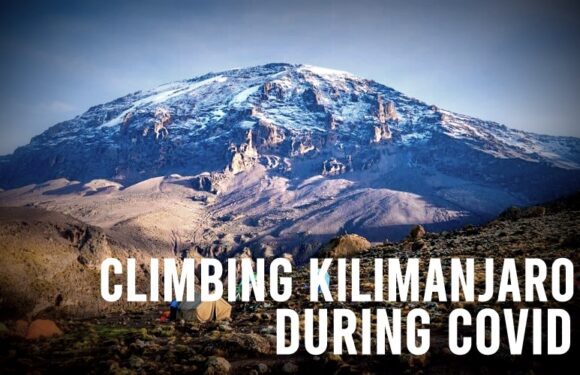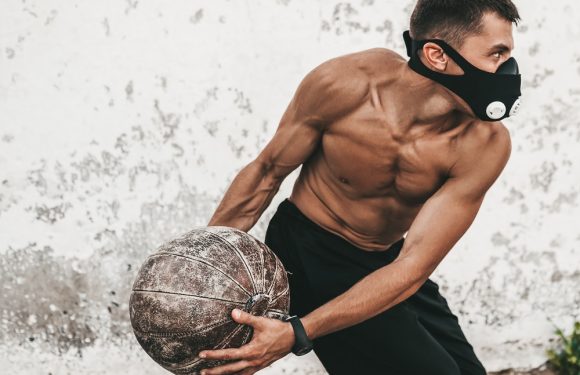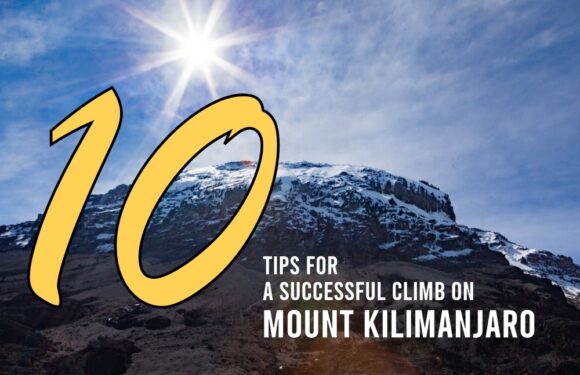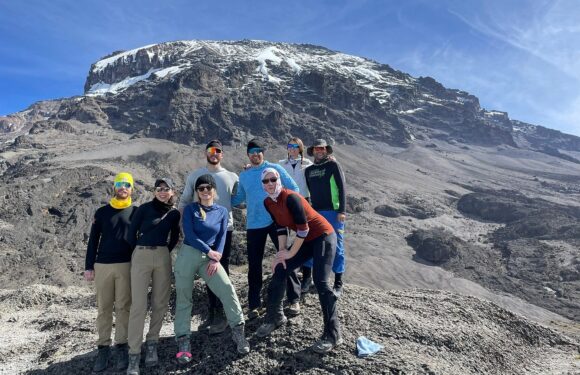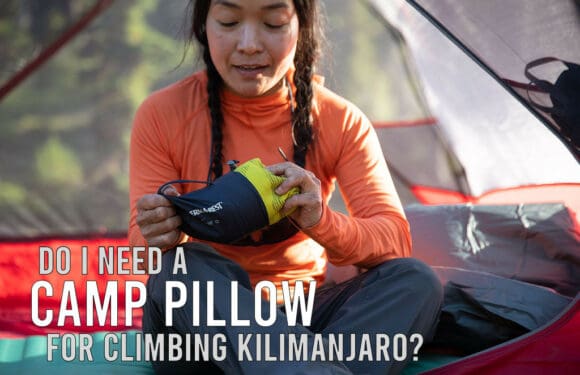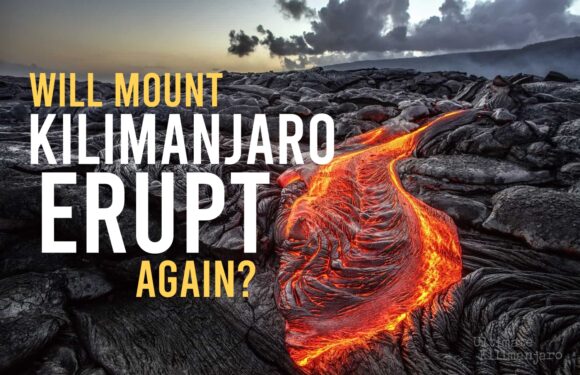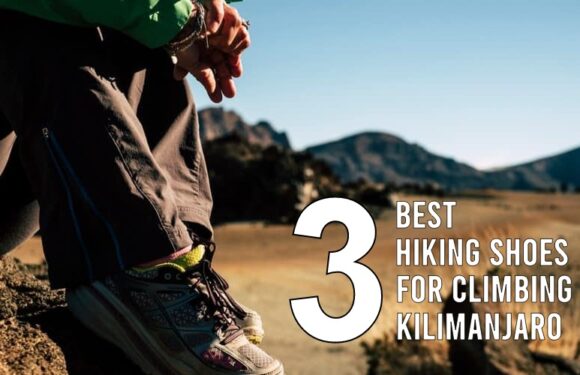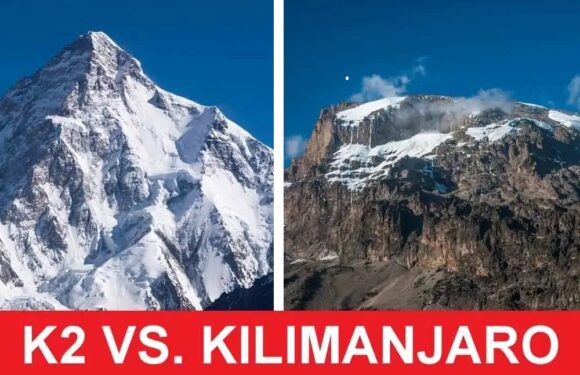All outdoor activities carry some degree of risk.
Hiking is no different. Though hiking is a fun and fulfilling way to see the world, it can also take you to high elevations that your body isn’t used to.
Mount Kilimanjaro’s summit stands 19,340 feet above sea level, which puts it in the extremely high altitude category.
- High altitude: 8,000 to 12,000 feet above sea level.
- Very high altitude: 12,000 to 18,000 feet.
- Extremely high altitude: 18,000+ feet.
Subjecting the human body to these altitudes puts the body at stress. The reason is that there is less and less oxygen as we climb higher and higher on the mountain.
The air we breathe is primarily made up of two gases – nitrogen (79%) and oxygen (21%). The composition of air is consistent irrespective of the altitude. It is exactly the same at sea level and at high altitude.
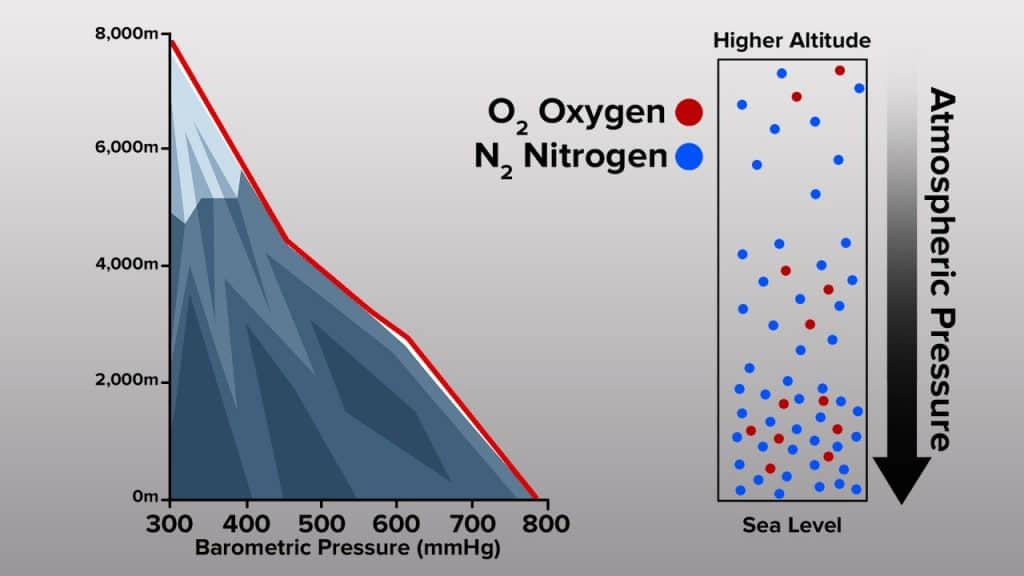
However, the air pressure in the atmosphere, also known as barometric pressure, decreases as we climb higher. This means that there are less molecules of nitrogen and oxygen at higher altitudes as there is less pressure to compress them. It follows that there is less oxygen for every breathe we take.
When your body doesn’t have enough oxygen, you could get hypoxia. Hypoxia occurs when there are low levels of oxygen in your tissues. Hypoxia can lead to several altitude illnesses.
Has Mount Kilimanjaro Killed Anyone?
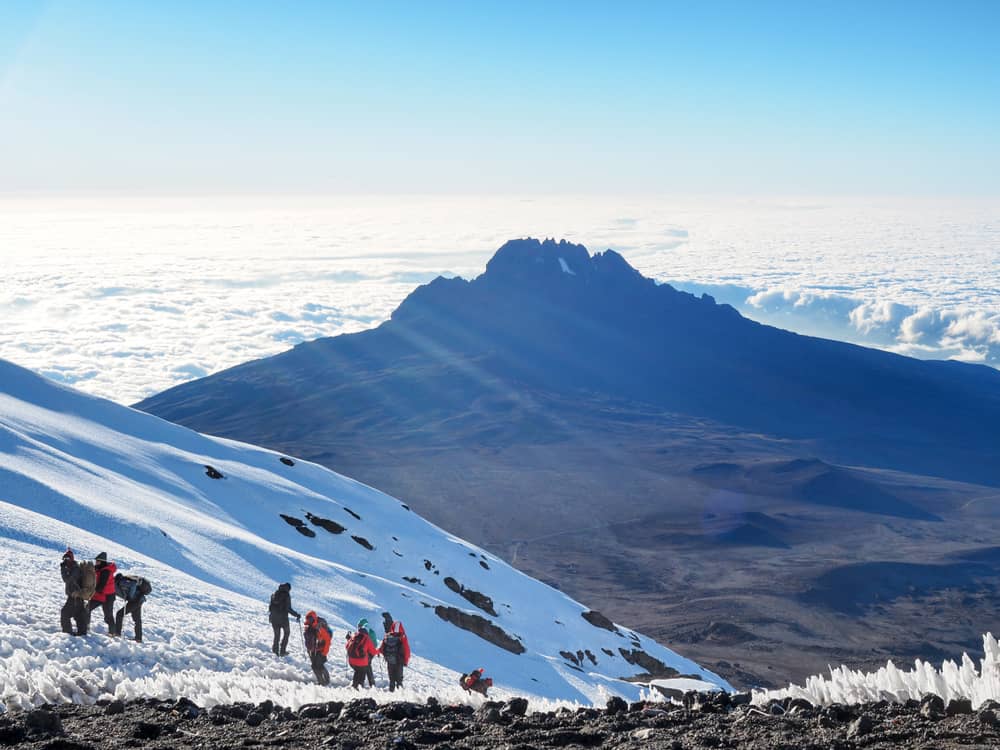
Yes.
Every year, there are deaths on Mount Kilimanjaro. However, because the Kilimanjaro National Park authorities do not release statistics, it is impossible to know just how many fatalities occur and whether the mountain is getting more or less dangerous as the years pass.
The reason for the lack of transparency, presumably, is that the country does not want to scare tourists away from climbing Kilimanjaro. So instead of being able to analyze the true risk, we are forced to take educated guesses. This article will attempt to put Kilimanjaro’s fatalities in perspective.
First, we should discuss how many people climb Kilimanjaro annually. The typical season sees more than 30,000 climbers, but in some exceptional years that number swells to 50,000.
On any given year, the number of reported tourist deaths on Kilimanjaro is approximately 10. But this number may understate the true number of fatalities because not all deaths are reported. The actual number of deaths is generally believed to be two to three times higher. However these figures are also unsupported.
Why Do People Die On Kilimanjaro?
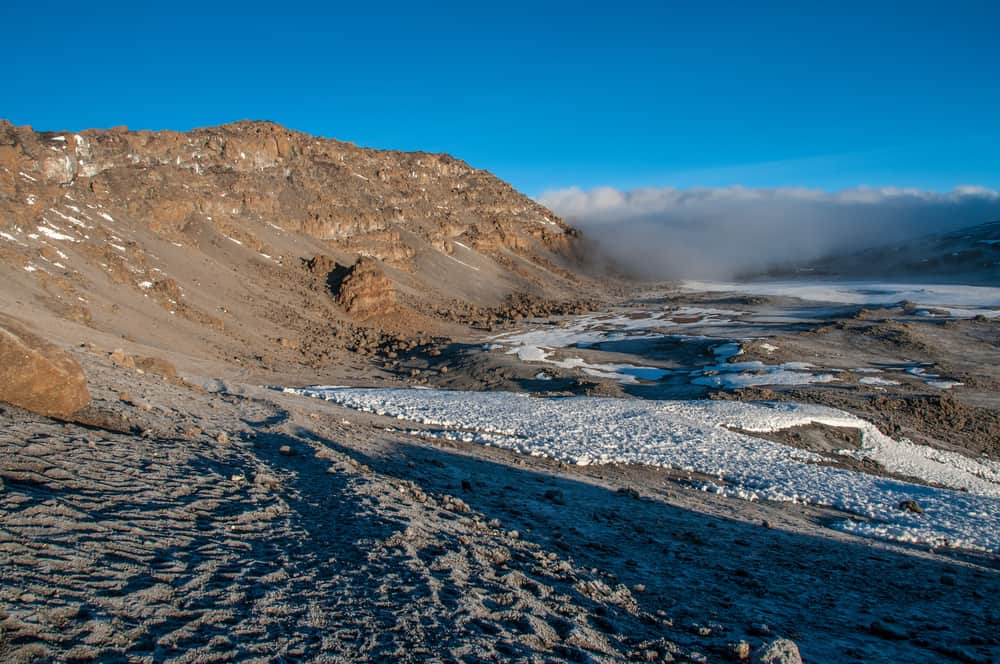
As mentioned above, there is less oxygen at high elevations. Your body must adapt to the low oxygen environment in order to continue functioning properly. There are several altitude related illnesses that result from hypoxia, which comprise the most common causes of death on the mountain.
The main causes of death on Kilimanjaro are:
- High Altitude Illness (HAI) or Acute Mountain Sickness (AMS)
- High Altitude Pulmonary Edema (HAPE)
- High Altitude Cerebral Edema (HACE)
- Heart attacks
- Rock falls
High Altitude Illness, also known as Acute Mountain Sickness or altitude sickness, is caused by the failure of the body to adapt quickly enough to the reduced oxygen. It is very common for climbers to have some degree of altitude sickness during their trek. The main cause of altitude sickness is going too high too quickly.
Altitude sickness may be mild, moderate or severe. Climbers with mild symptoms of altitude sickness, such as headache, dizziness or shortness of breath, may continue on the trip as long as their symptoms do not worsen.
High Altitude Pulmonary Edema and High Altitude Cerebral Edema are severe forms of altitude sickness. HAPE results from fluid build up in the lungs. HACE is the result of the swelling of brain tissue from fluid leakage. Both of these conditions are potentially fatal and must be treated immediately.
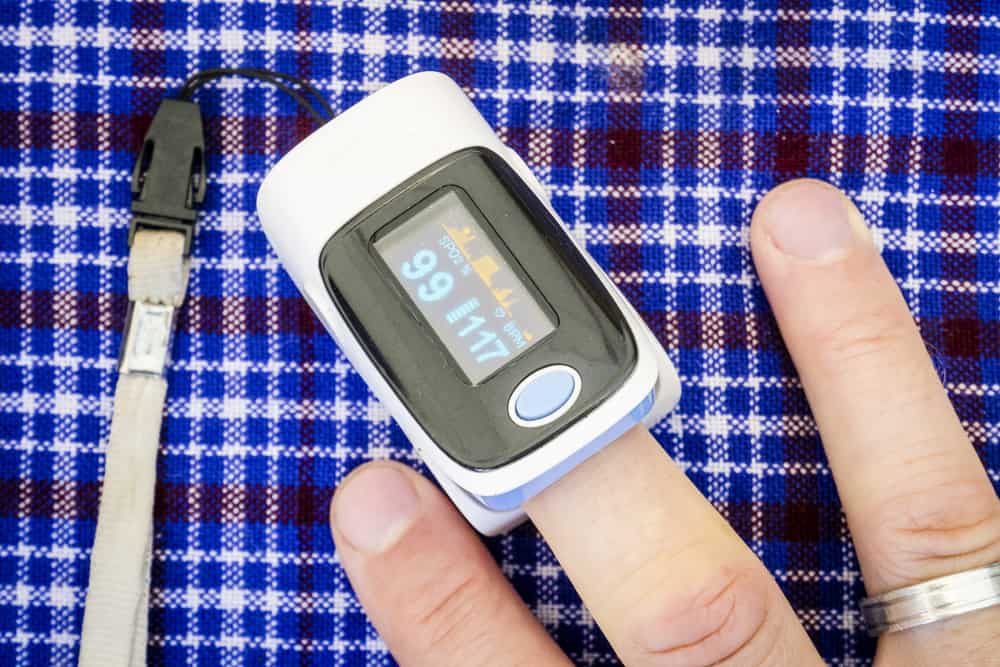
Being at high altitude can affect factors like blood pressure. It can affect the cardiovascular system by decreasing oxygen in the blood while increasing the demand on the heart. Therefore climbing Kilimanjaro could be dangerous for those with heart conditions and increase risk of complications and heart attack.
Rock falls are rare on Kilimanjaro, but they do occur on occasion. The Western Breach, in particular, is an area that has had fatal rock fall accidents. Ultimate Kilimanjaro® does not operate on the Western Breach for this reason. We feel it is an unnecessary risk to take and do not want to subject our clients to this danger.
It should be noted that unlike other mountains, Kilimanjaro does not have exposure to precipitous drops. Even the intimidating Barranco Wall poses minimal danger. Thus, falling off the mountain is not a legitimate threat on established Kilimanjaro routes.
Kilimanjaro High Altitude Illness Death Study
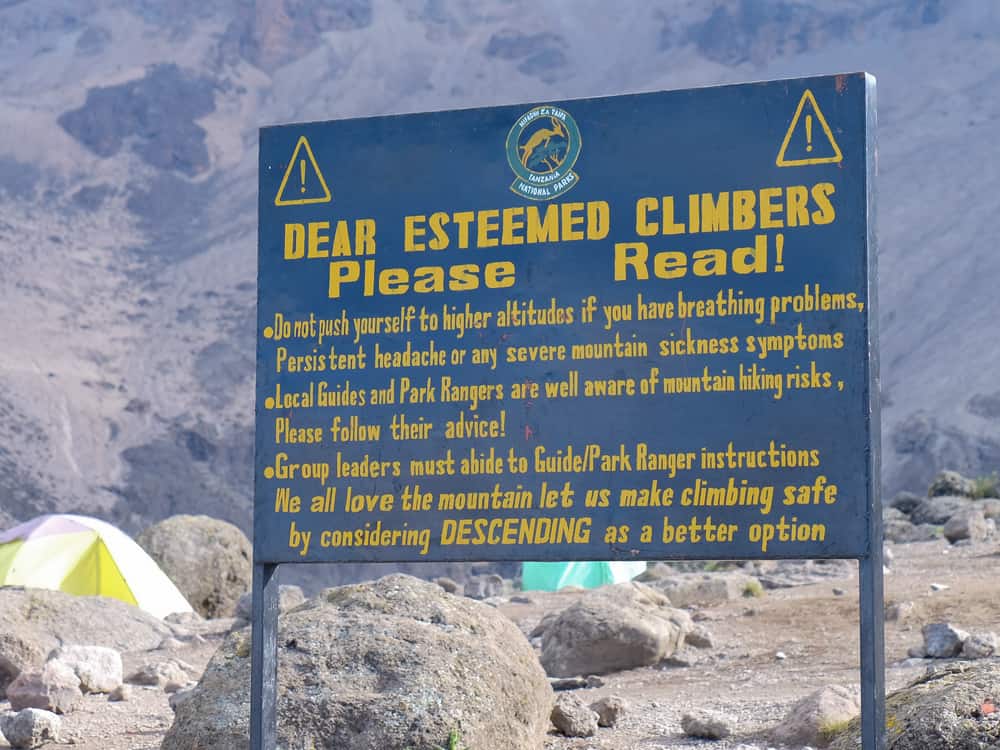
In a 2004 study conducted by Hauser, Mueller, Swai et al., researchers reviewed the deaths of tourists who were climbing Kilimanjaro over an eight year time span. The paper, Deaths due to High Altitude Illness among Tourists Climbing Mount Kilimanjaro, examined all autopsies of climbers who died on Kilimanjaro between 1996 to 2003. The paper noted that autopsies are legally required in Tanzania on all fatal incidents involving tourists.
Here are the results:
- In the 8 years that were studied, 25 tourists died while climbing Kilimanjaro
- The ages of the deceased ranged from 29 to 74 years
- 17 were male and 8 were female
- 14 of the 25 tourists died due to advanced high altitude illness (HAI)
- 1 of 14 had high altitude cerebral edema (HACE)
- 5 of 14 had high altitude pulmonary edema (HAPE)
- 8 of 14 had both HAPE and HACE
- 11 of 25 had non HAI-related deaths
- 3 of 11 had trauma
- 4 of 11 had myocardial infarction (heart attack)
- 2 of 11 had pneumonia
- 1 of 11 had cardio-pulmonary failure
- 1 of 11 had acute appendicitis
- Mortality rate for HAI was 7.7 per 100,000 climbers (.0077% death rate)
- Overall mortality rate was 13.6 per 100,000 climbers (.0136% death rate)
The study’s reported overall mortality rate of .0136% is very, very low – one death per 7,353 climbers.
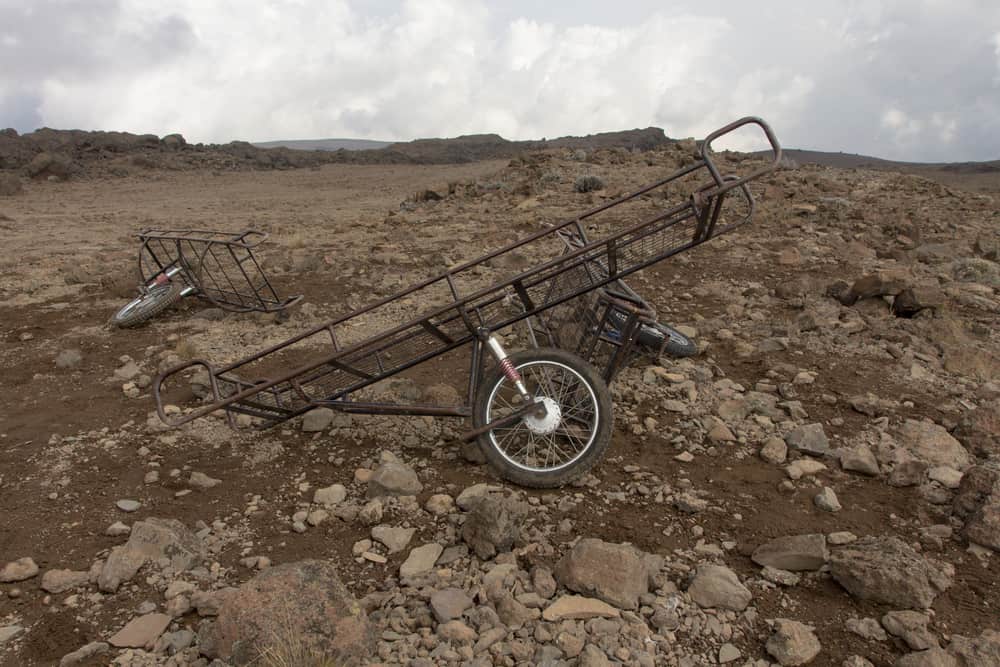
If we apply the mortality rate of 13.6 deaths per 100,000 climbers from the study to the 30,000-50,000 climbers Kilimanjaro receives on an annual basis, the number of deaths on the mountain comes to about 4 to 7 per year.
This figure is lower than the mortality rate that is often stated – 10 deaths per year. Furthermore, it is substantially less than the 20-30 deaths that industry insiders believe is the more accurate number. So what could account for the discrepancy? A few factors could explain the difference.
Less Experienced Climbers Attempting Kilimanjaro
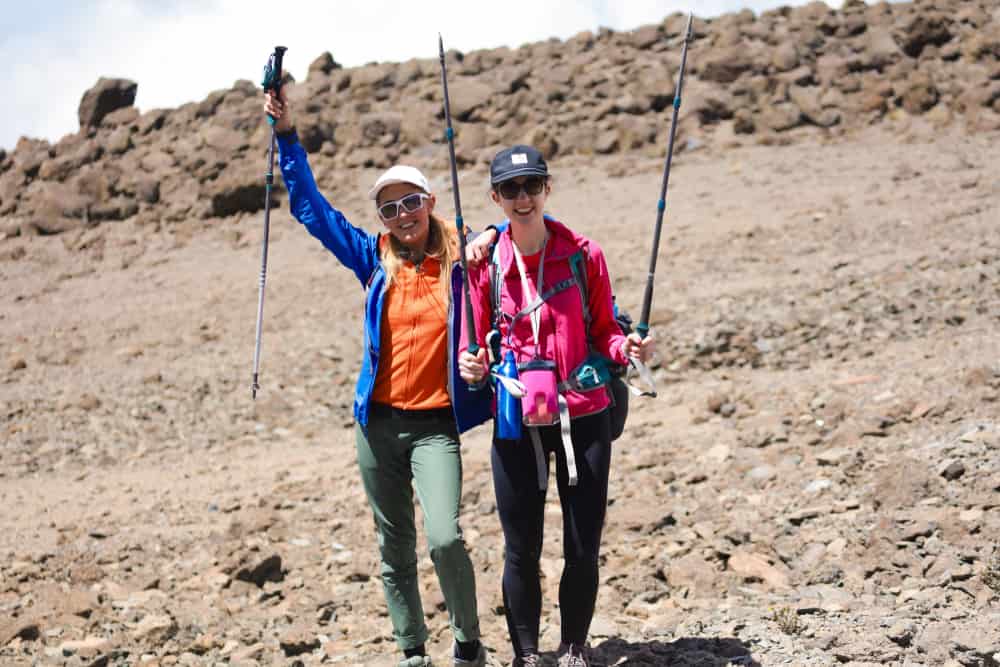
First, Mount Kilimanjaro is more popular now than it was during the time that preceded the study. Adventure travel was once the realm of experienced outdoor enthusiasts. So those who climbed in the past were likely to have performed adequately at high altitude before.
Kilimanjaro’s mortality rate could be higher now because more inexperienced or unprepared climbers are attempting the mountain.
Nowadays, regular people are drawn to active vacations. As adventure travel becomes more inclusive of the general population, those who climb may be less fit, less prepared, or unsuitable for high altitude trekking. They might have risk factors that have yet to be exposed.
It is estimated that half of Ultimate Kilimanjaro® clients have never been on a backpacking trip in their lifetime and have never tested their ability to acclimatize. Logically, the danger for an inexperienced climber is greater than it is for an experienced climber.
Greater Number of Low Quality Operators
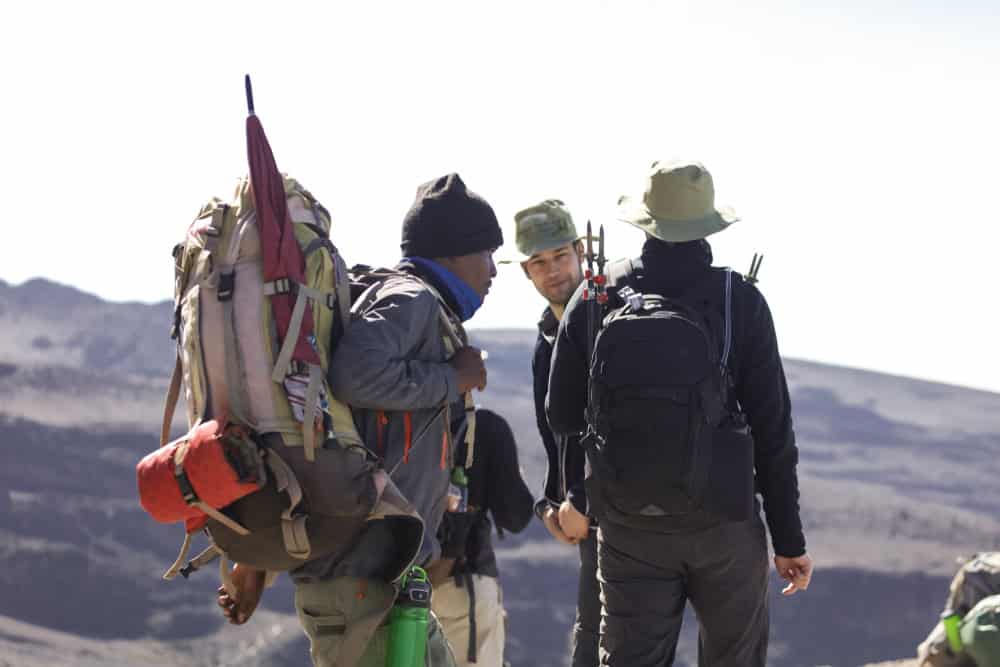
Another factor that may contribute to the death rate is the growing number of bad Kilimanjaro guide companies. There are more than 200 licensed operators on Kilimanjaro. Unfortunately, the vast majority of them are budget operators who do not have proper safety standards in place. Only a couple dozen companies can be considered trustworthy, established and reputable operators.
Thousands of tourists blindly trust their lives with companies whose staff are not medically trained to deal with emergencies.
There are many accounts from visitors who chose to climb with budget companies only to find that safety precautions were completely omitted during their expedition. Always make sure your guide company is serious about your health and safety (see Why You Should Never Climb With a Budget Company).
Actual Mortality Rate Lower Than Believed
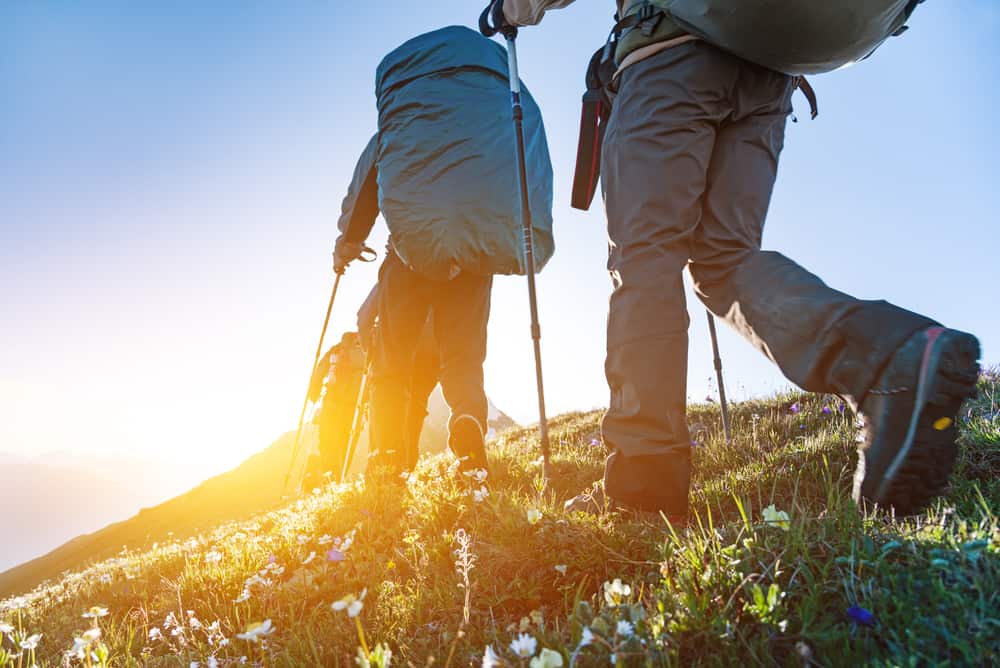
Finally, we must also consider the possibility that there are not 10 to 30 tourist deaths per year as some operators seem to think. Rumors of deaths spread quickly on the mountain, which may or may not be accurate. Approximately 1,000 people are evacuated or rescued every year and nearly all of them recover once they reach lower elevations. Some are taken to the hospital for further treatment.
While on the mountain, our guides frequently hear stories of possible fatalities that occurred a night or two before. Many times there are no details surrounding the tale beyond the person’s gender, nationality and where he or she allegedly died. These rumors are often unsubstantiated or proven to be false.
Are There Dead Bodies on Mount Kilimanjaro?
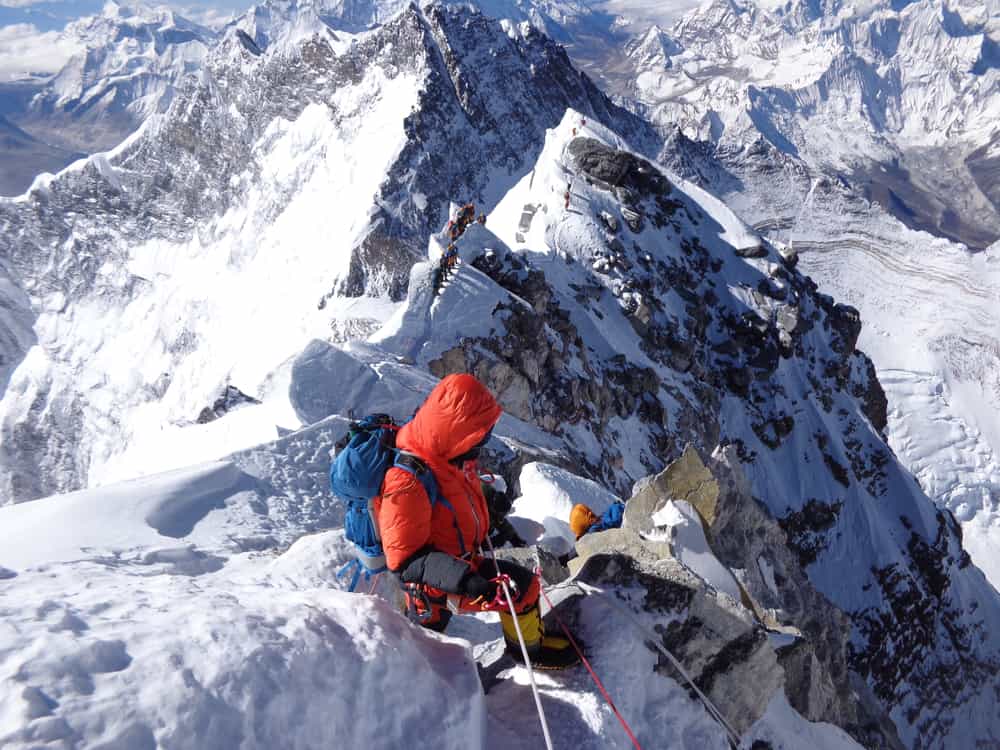
Mount Everest is famous for having corpses on the route to the summit. It is said that there are more than 200 bodies on Mount Everest, suggesting that two thirds of the people that died on Everest are still there! The reason the bodies are left is that recovery would be very dangerous for the team involved. A frozen body can weigh over 300 pounds. And to carry the body over treacherous terrain puts the Sherpa at high risk. On top of that, the effort would be very expensive to organize.
Unlike Mount Everest, Mount Kilimanjaro is easy to navigate from top to bottom. In fact, an injured or deceased climber can be evacuated from anywhere on the mountain in a matter of hours. In the event of a serious emergency, where a client cannot walk on their own, porters can carry climbers down manually or with the use of a stretcher. There are roads that reach the lower slopes of Kilimanjaro, so park vehicles can transport people off the mountain. Also, there are landing pads that are used for helicopter rescue. Therefore, there are no bodies on Kilimanjaro due to the relative ease of access to the areas on the mountain where tourists would be.
How Can You Decrease the Dangers of Climbing Kilimanjaro?
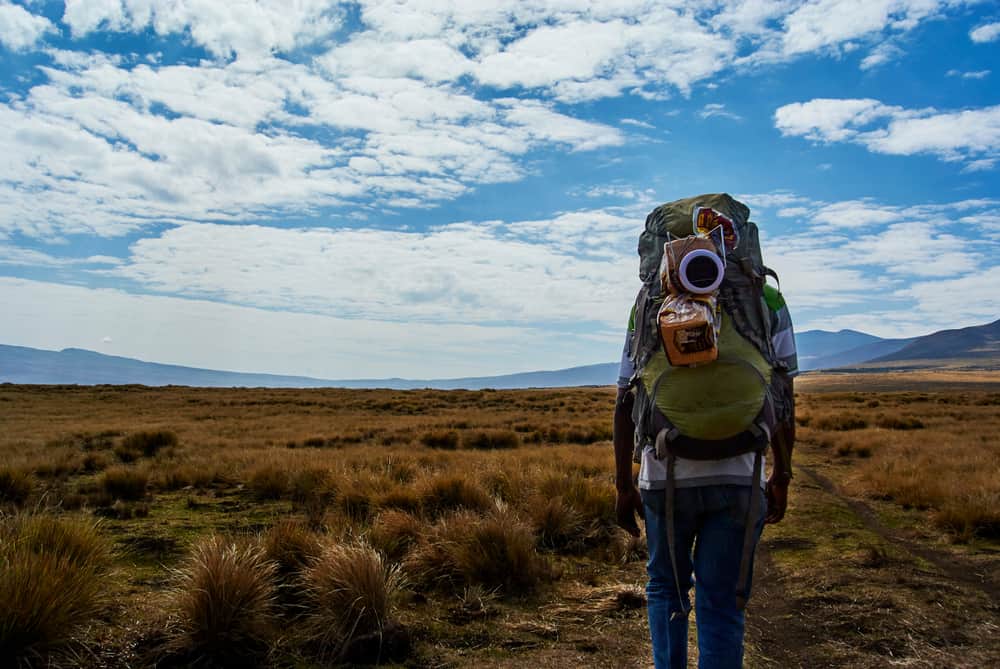
Climbing Mount Kilimanjaro has potential dangers, but overall it is relatively safe based on the mortality rates discussed above. Proper planning and preparation will reduce most risks significantly. Things like selecting a longer route, training for the hike, and having the adequate gear go a long way in keeping yourself safe.
Then, climbing with an experienced and safety focused operator like Ultimate Kilimanjaro® can eliminate the remaining risks almost entirely. The best Kilimanjaro companies have robust safety practices and protocols built around reducing the inherent danger of summiting a high altitude peak. At Ultimate Kilimanjaro®, our guides are trained to deal with injuries, illnesses and rescue.
Ultimate Kilimanjaro’s Safety Precautions
- Our guides are highly experienced in preventing, detecting, and treating altitude sickness because they handle over 1,000 climbers per year.
- Our guides conduct twice daily health checks using a pulse oximeter to monitor your oxygen saturation and pulse rate.
- Our guides administer the Lake Louise Scoring System (LLSS) to help determine whether you have symptoms of altitude sickness and their severity.
- Our guides are certified Wilderness First Responders (WFR). They have the tools to make critical medical and evacuation decisions on location.
- Our staff carries bottled oxygen on all climbs and can administer it to quickly treat climbers with moderate and serious altitude sickness.
- Our staff carries a portable stretcher on northern routes to evacuate climbers who need to descend but are unable to walk on their own. Wheeled stretchers provided by the park are available on other routes.
- Our staff has the ability to initiate helicopter evacuation through Kilimanjaro MedAir, a helicopter rescue operation.
- Our staff carries a first aid kit to treat minor scrapes, cuts and blisters.




















































